1. Venezuela’s Eternal Lightning Storm – Catatumbo, Venezuela
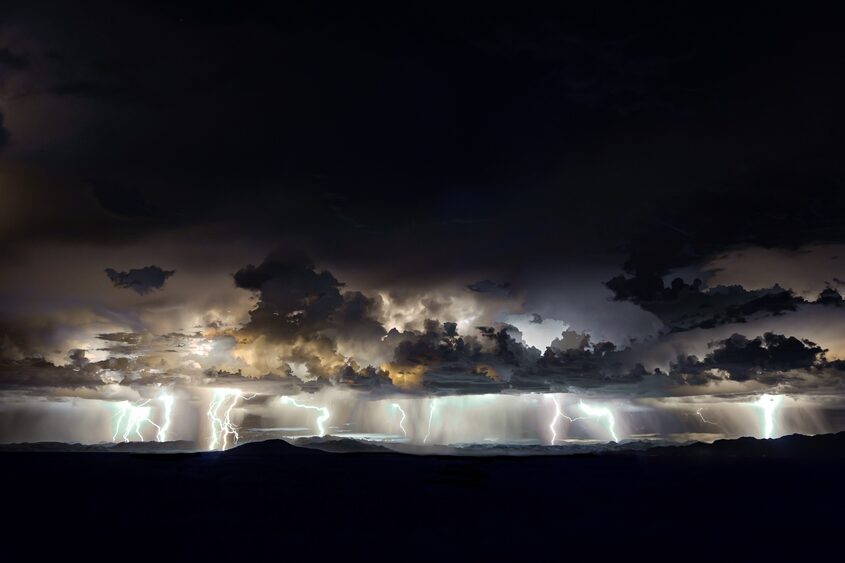
Imagine a thunderstorm so relentless that it crackles across the sky almost every night of the year. Welcome to Lake Maracaibo, home to the Catatumbo Lightning, a natural spectacle where bolts of electricity illuminate the sky 260 nights a year. This isn’t your average summer storm—at its peak, it produces 280 lightning strikes per hour, turning the sky into a strobe light show from the depths of nature’s power.
What makes this place so charged? Scientists believe that a unique mix of humid air, mountain winds, and lake evaporation creates the perfect storm—literally. The lightning is so intense it can be seen from hundreds of miles away and has even been used as a natural lighthouse for sailors. But if you think this is the weirdest thing Earth can conjure, just wait—things are about to get even stranger.
2. The Boiling River That Shouldn’t Exist – Shanay-Timpishka, Peru
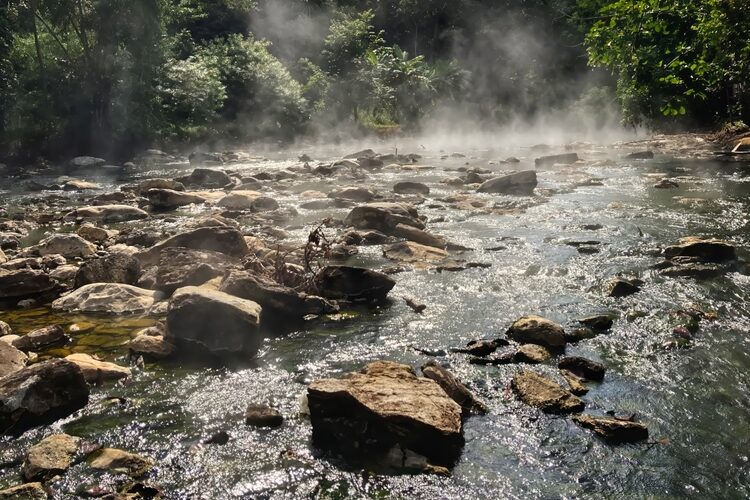
Deep in the Peruvian Amazon, hidden beneath thick rainforest canopies, flows a river that defies all logic. The Shanay-Timpishka, or “Boiling River,” is exactly what it sounds like—water so hot it can cook anything that falls into it alive. At 200°F (93°C), it’s a death trap for unsuspecting animals that wander too close, and legend has it that ancient shamans considered it a sacred site of supernatural power.
The weirdest part? There’s no volcanic activity nearby to explain this inferno of a river. Scientists theorize that the intense heat comes from deep underground geothermal fissures, but how and why it exists in this particular location is still a mystery. One thing’s for sure—this is not the place to take a casual swim. But if hot water scares you, what about a lake that’s literally made of acid?
3. The Acidic, Blood-Red Lake – Natron, Tanzania
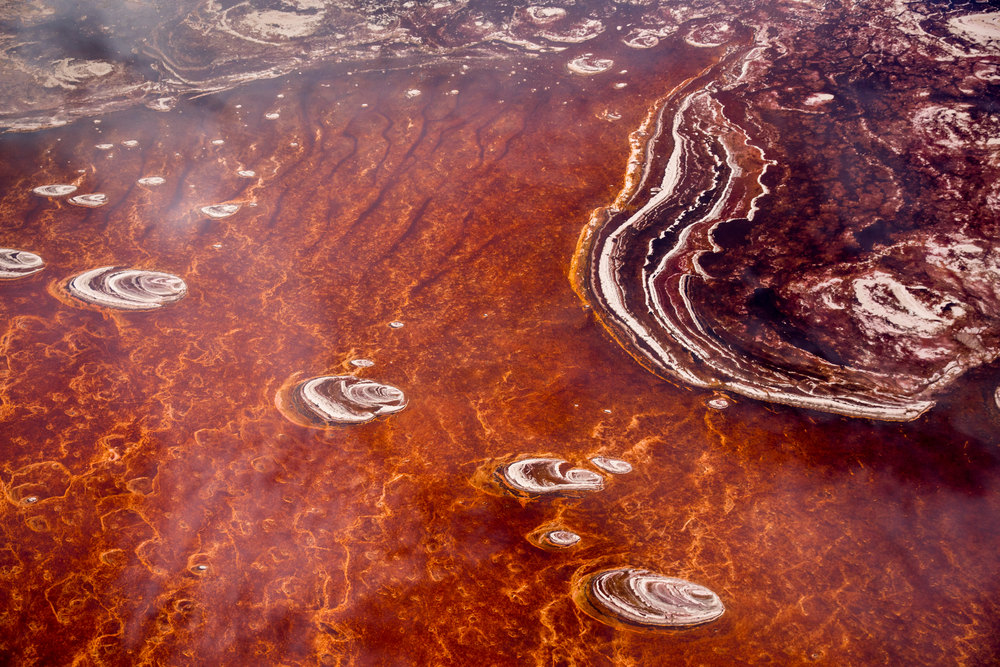
If hell had a swimming pool, it would look like Lake Natron. This deep red, highly alkaline lake in Tanzania doesn’t just look terrifying—it preserves the bodies of animals that die in it, turning them into statue-like mummies. The lake’s high pH level (as strong as ammonia) makes it impossible for most life to survive, and yet, some hardcore flamingos have made it their home.
How does a lake turn into a watery graveyard? The surrounding volcanic ash seeps into the water, creating a deadly cocktail that can burn flesh and blind creatures that dare to enter. And yet, the flamingos thrive, using it as a safe breeding ground since predators won’t dare step foot inside. A lake that turns animals into stone? That’s just the start—because in another part of the world, nature isn’t preserving bodies… it’s making them disappear.
4. The Disappearing Sea – The Aral Sea, Kazakhstan & Uzbekistan
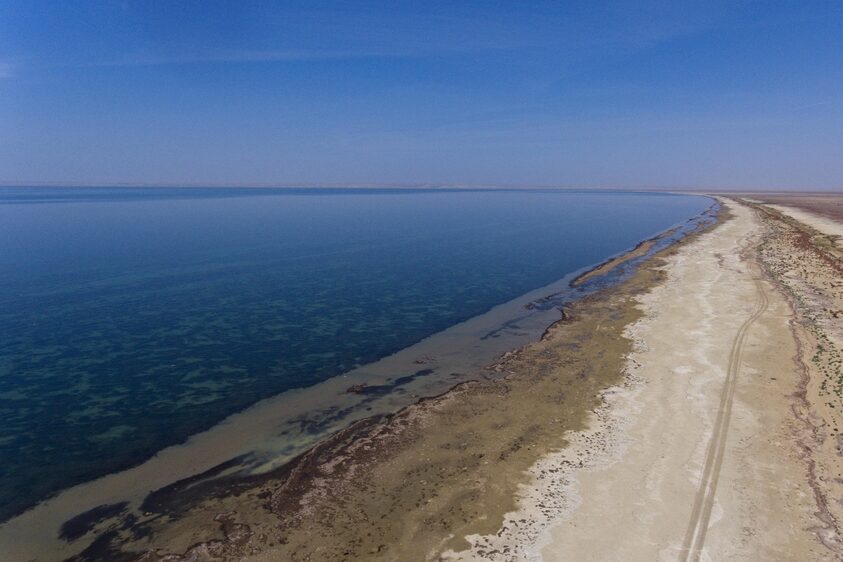
What happens when a sea just… vanishes? That’s the tragic mystery of the Aral Sea, once one of the world’s largest inland lakes, now a dry, cracked wasteland. In just a few decades, it shrank by 90%, leaving behind abandoned fishing boats stranded in the middle of the desert.
Unlike other weird places shaped by nature, the Aral Sea’s disappearance is a human-made disaster. Soviet irrigation projects diverted the rivers that fed it, causing the water levels to plummet. Now, it’s a surreal landscape where fishermen once sailed, and now camels wander. But while this sea faded away, another body of water has a habit of mysteriously draining itself overnight…
5. The Lake That Disappears Every Year – Oregon’s Lost Lake
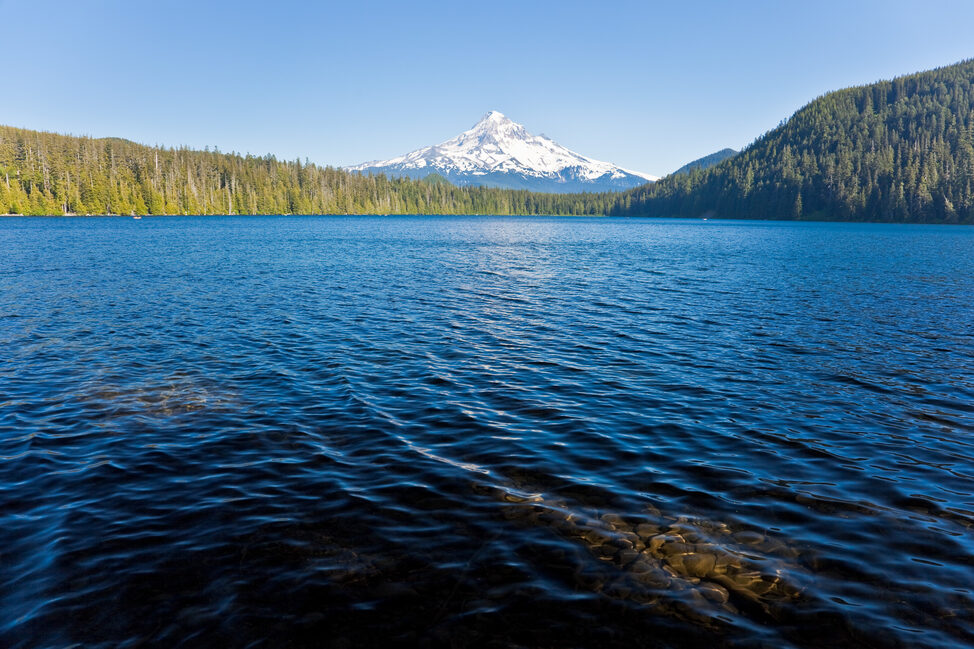
Most lakes evaporate over centuries. Lost Lake in Oregon does it in months. Every spring, this picturesque, forest-lined lake starts draining like someone pulled the plug, leaving behind a barren pit where water once flowed. Where does all the water go? Down a giant, mysterious hole in the lakebed, like a real-life bathtub drain.
Scientists believe the lake sits over an ancient lava tube, a hollow tunnel formed by flowing lava that acts as an underground escape route for the water. But the real mystery? No one knows exactly where the water resurfaces. One thing’s clear—nature loves pulling off disappearing acts. And in another part of the world, it’s not just the water that vanishes… but entire islands.
6. The Island That Appears and Disappears – Bermeja, Mexico
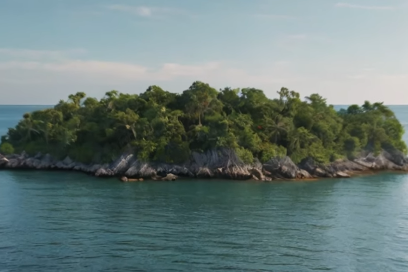
Maps used to show an island called Bermeja off the coast of Mexico. Today? It’s gone—and no one knows why. Bermeja was recorded by explorers for centuries, yet when modern satellites scanned the area, nothing was there. Some believe shifting tectonic plates swallowed it, while others whisper theories of government conspiracies or even pirate sabotage.
The idea of a disappearing island isn’t entirely far-fetched—some landmasses sink due to erosion and rising sea levels. But the eerie part? Bermeja was never photographed before it vanished, and despite its existence being officially documented for years, no one can prove it was ever there. But if you think this is the strangest trick nature has played, wait until you hear about a place where it actually rains blood.
7. The Mystery of Blood Rain – Kerala, India
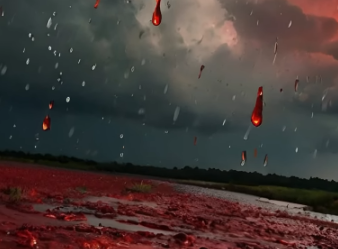
In 2001, the skies of Kerala turned red—not with sunset hues, but with actual blood-colored rain. For weeks, this eerie phenomenon drenched the region, leaving streets, clothes, and buildings stained in crimson. At first, people feared something biblical was happening. Scientists, however, had a different explanation: alien spores.
Yes, you read that right. Some researchers theorized that the red pigment came from airborne spores of a rare algae that had drifted from distant lands. Others speculated meteor dust had mixed with the clouds. Whatever the cause, “blood rain” wasn’t just a one-time event—it’s been reported in different parts of the world for centuries, proving that sometimes, nature’s weirdness is more than just a fluke. And if you thought raining blood was creepy, how about a cave that glows like another planet?
8. The Glowworm Caves of Waitomo, New Zealand
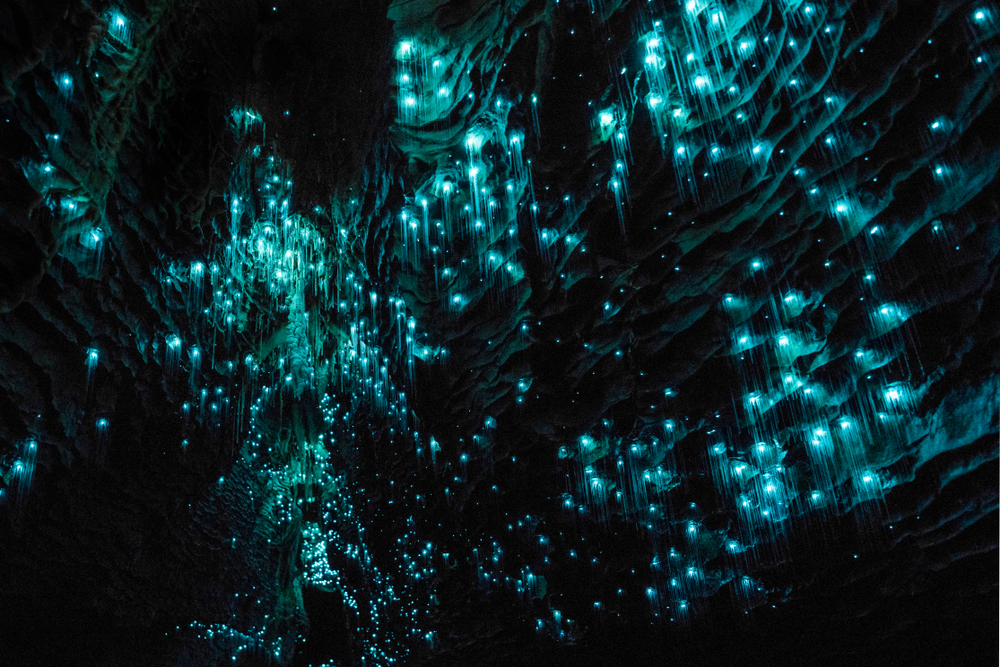
Step into New Zealand’s Waitomo Caves, and you’ll think you’ve entered a galaxy of stars—except these lights aren’t celestial. They’re glowworms, thousands of them, dangling from the cave ceiling and casting an eerie blue glow like an underground Milky Way. These tiny creatures use their luminescence to lure prey, turning the cave into a glowing, otherworldly hunting ground.
What makes them shine? A chemical reaction inside their bodies, similar to bioluminescent jellyfish. This alien-like spectacle is so mesmerizing that visitors drift through the caves on silent boats, gazing up at what looks like the night sky trapped underground. And if nature can turn a cave into a light show, what happens when it makes an entire desert sing?
9. The Singing Sands of the Gobi Desert
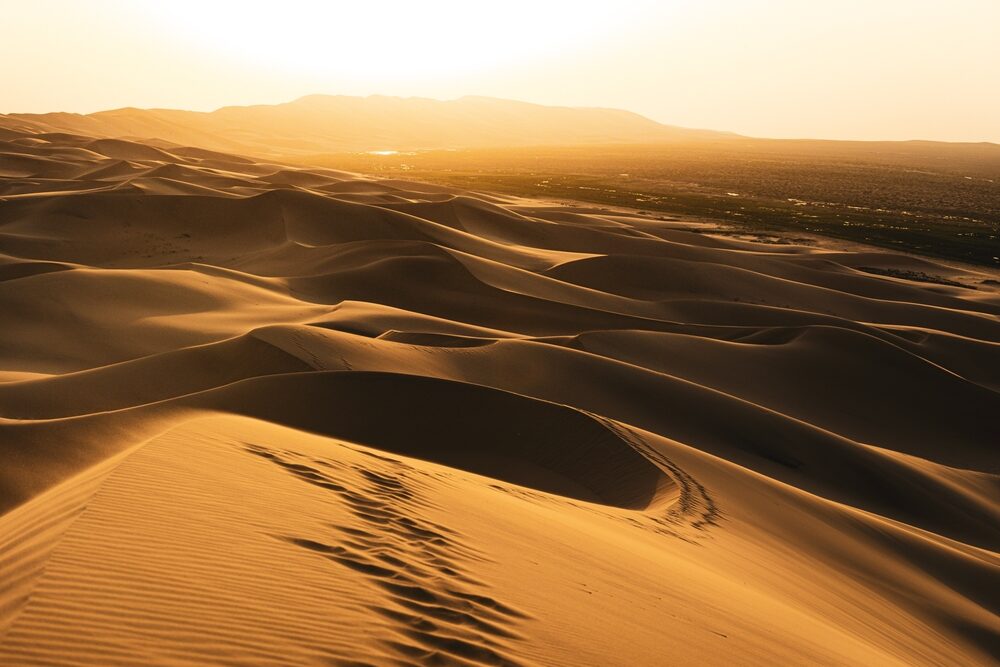
Some deserts are known for their blistering heat and endless dunes, but the Gobi Desert holds a more mystical secret—it sings. As the wind shifts through the sand, the dunes produce a deep, eerie hum, almost like a ghostly choir echoing across the barren landscape.
This phenomenon, known as “booming dunes,” happens when dry sand grains rub against each other, creating a sound so loud it can be heard miles away. Some compare it to a distant engine rumbling, others say it’s like a low-flying plane. Whatever it sounds like to you, one thing’s certain—nature never runs out of ways to surprise, mystify, and downright unsettle us.


